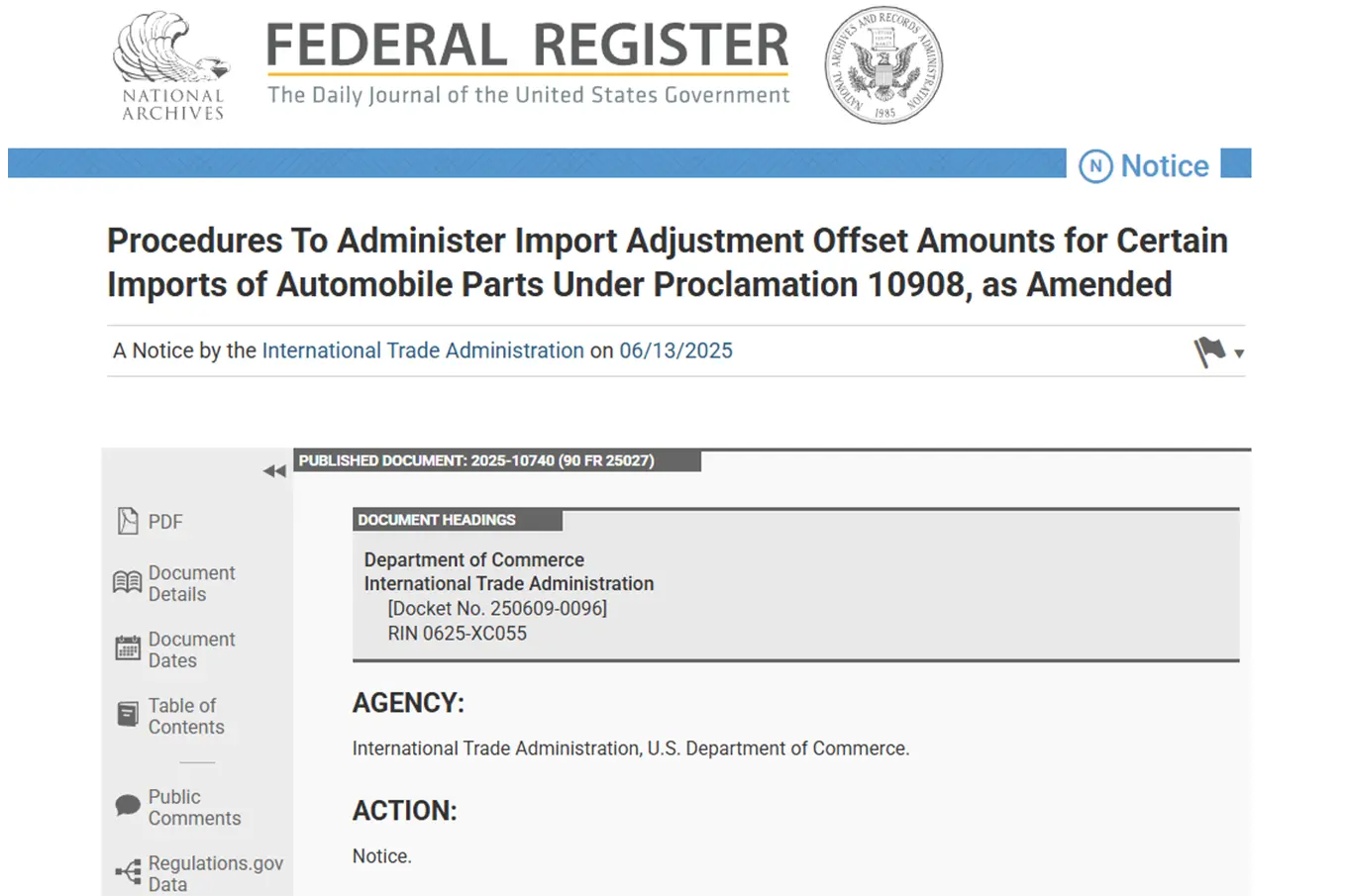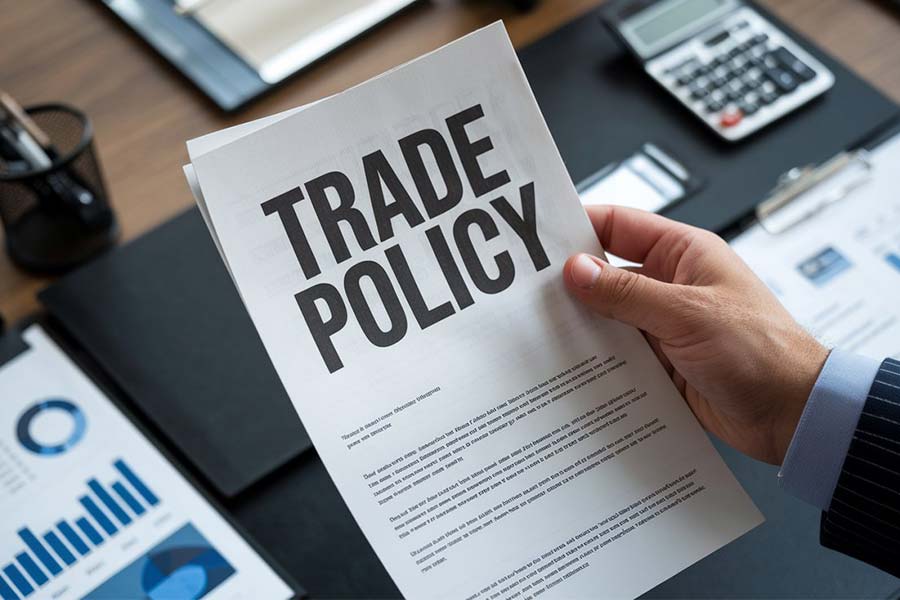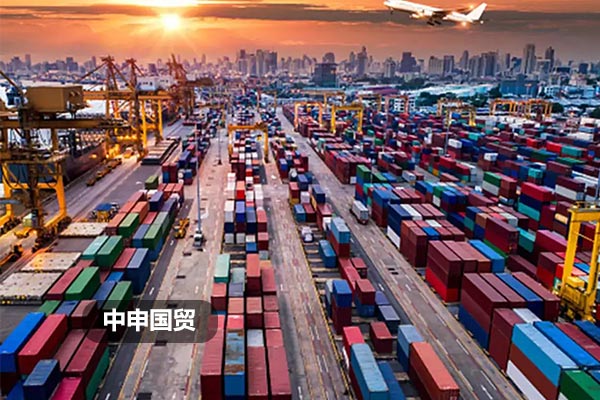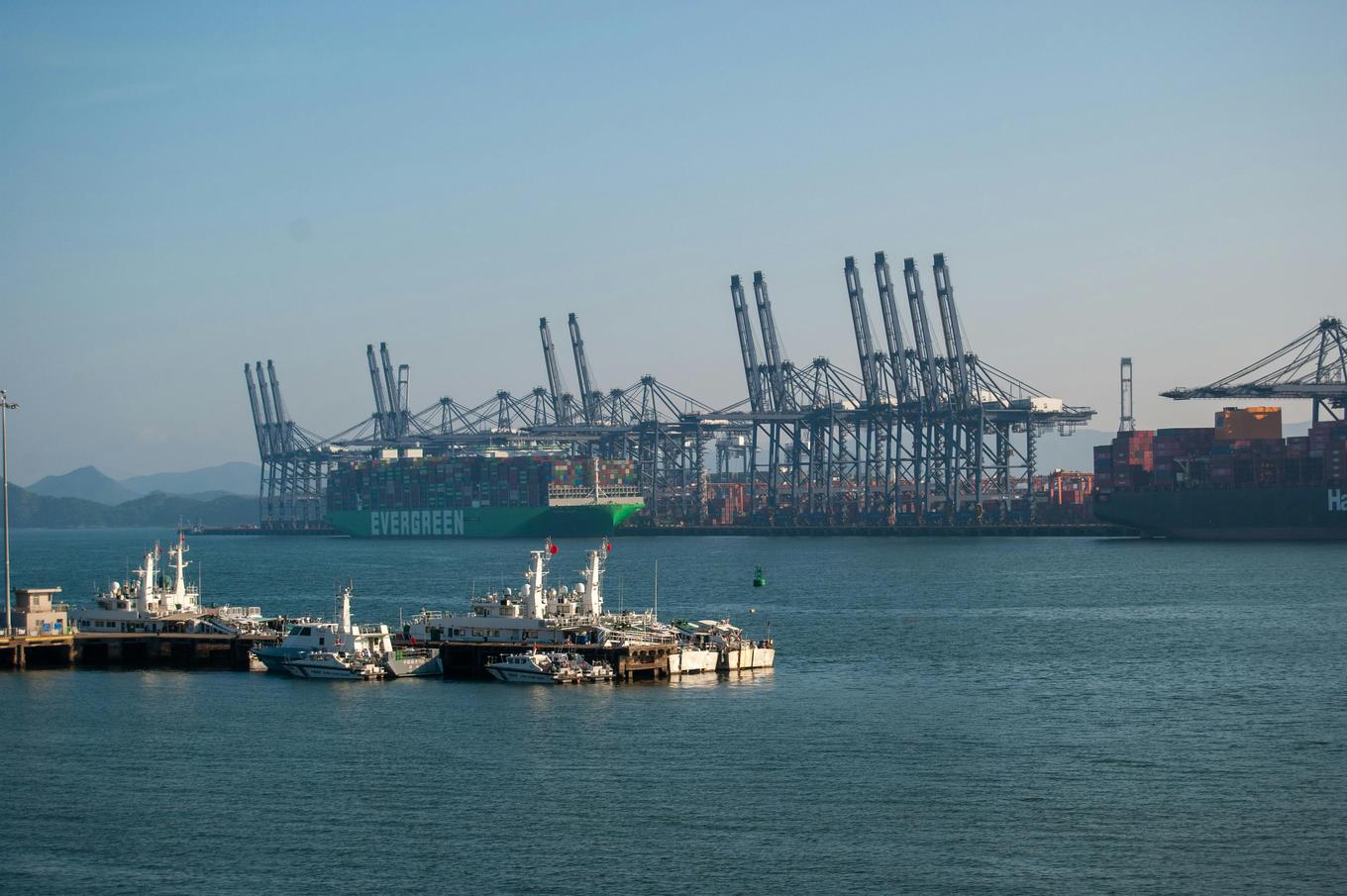- Shanghai Zhongshen International Trade Co., Ltd. - Two decades of trade agency expertise.
- Service Hotline: 139 1787 2118
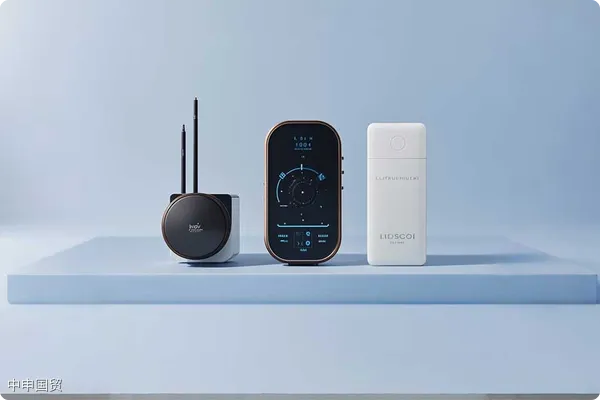
Western cuisineEquipment ImportsMarket status and policy highlights
As of Q2 2025, Chinas Western kitchen equipment imports increased by 18.7% year-on-year, with professional kitchen equipment accounting for 62%. The General Administration of Customs newly released Commercial Kitchenware Classification Guidelines has readjusted HS codes for electromagnetic cooking equipment and intelligent baking systems, presenting new technical requirements for import declarations.
Three hidden costs of self-import
According to our tracking survey of 37 catering enterprises, the following problems exist when non-professional teams handle import procedures:
- Port detention costs caused by classification errors: A chain brand incurred daily storage costs of 2,500 yuan due to confusing baking equipment with ordinary cooking utensil codes
- Improper logistics configuration: Transport solution that didnt consider equipment anti-vibration requirements caused 12% loss of goods value
- Tariff calculation errors: Ignoring the accumulation rules in the ASEAN Free Trade Agreement resulted in overpayment of taxes up to 7.2% of the goods value
The value realization path of professional agency services
Matureforeign tradeAgency companies create value through four dimensions:
- Compliance framework establishment
- Pre-classification service accuracy >98%
- It is recommended to verify through the following methods:Transparent verification system
- Cost Control Model
- Tariff simulation calculation system error <0.5%
- Logistics optimization saving 12-18% on freight costs
- Risk prevention system
- Quality certification pre-review mechanism
- Combined transportation insurance plan
2025 Import Practice Operation Guide
For mainstream Western kitchen equipment categories, a phased implementation strategy is recommended:
- Preparatory phase (30 working days)
- Obtaining equipment technical parameter documents
- Completing CE/NSF certification pre-review
- Mid-term execution phase (45-60 working days)
- Arranging factory inspections and loading supervision
- Configuring multimodal transport solutions
- Post-delivery phase (7 working days)
- Localized customs clearance procedures
- Localized delivery of technical documentation
Typical service case analysis
When a Michelin-starred restaurant imported a customized grill system valued at €280,000, the professional agency team achieved cost optimization through the following measures:
- Applying classification differential technology to reduce tariff rates from 12% to 8%
- Designing a multimodal transportation solution for Hamburg-Qingdao-Chengdu, saving 18% in transportation costs
- Through free trade agreement accumulation rule certification, reducing import VAT by 68,000 yuan
2025 industry development trend forecast
Based on the latest policy interpretation from the General Administration of Customs, Western kitchen equipment imports will show three obvious trends:
- Changes in classification standards due to equipment intelligence
- EU carbon tariff mechanism impacts procurement costs
- Regional Comprehensive Economic Partnership Agreement (RCEP) utilization rate increases to 75%
Related Recommendations
? 2025. All Rights Reserved. Shanghai ICP No. 2023007705-2  PSB Record: Shanghai No.31011502009912
PSB Record: Shanghai No.31011502009912

